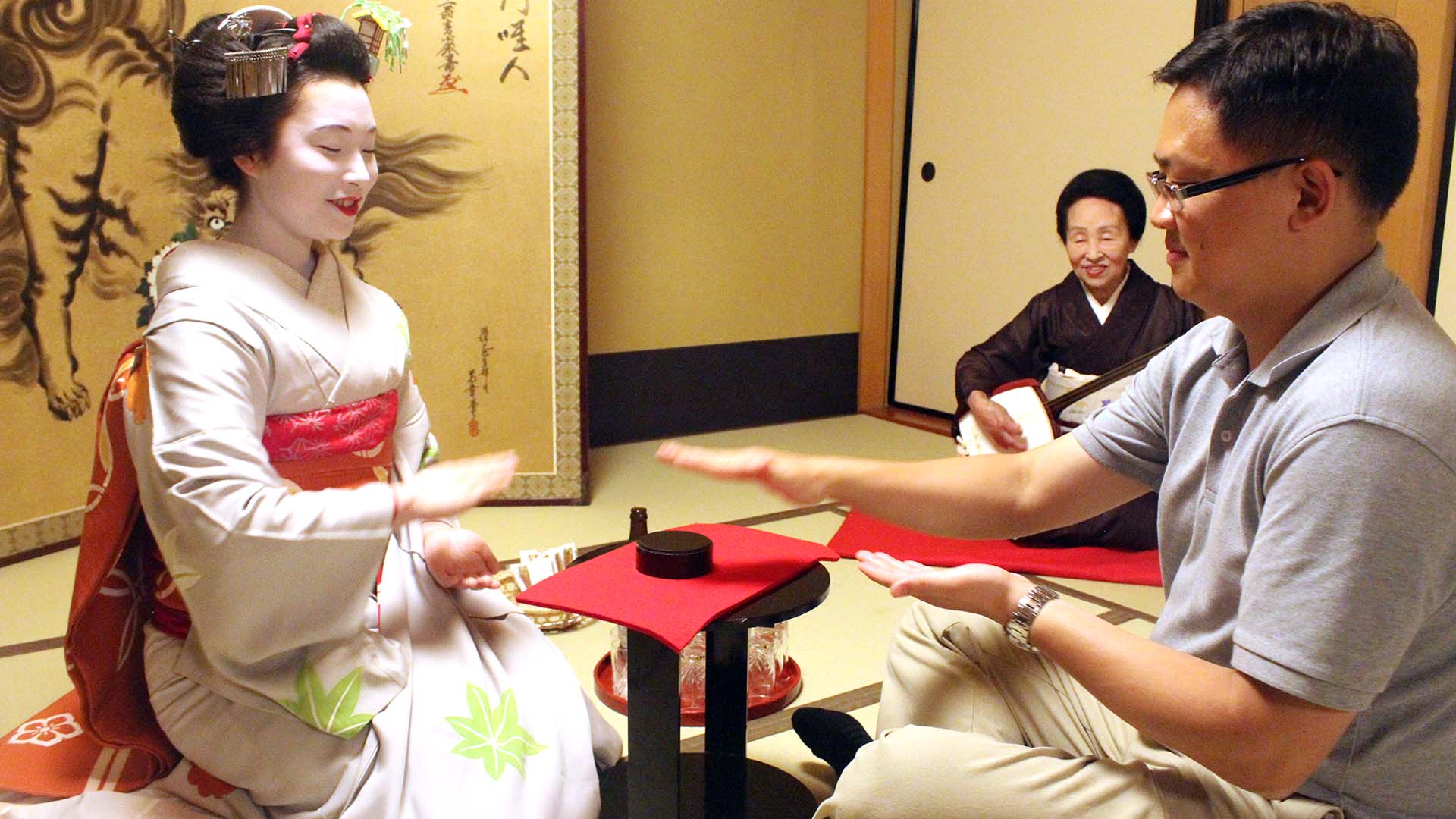In the heart of South Asia, especially in the Indian subcontinent, the interplay of cultures has been an ongoing narrative, weaving through centuries with intricate threads. The Hindu-Muslim cultural exchange offers a compelling tapestry of shared traditions, beliefs, and customs, shaping both communities in profound ways. This intermingling is not merely a historical footnote but a living testament to coexistence and mutual influence. As the world grapples with rising sectarian tensions, revisiting these sociocultural interactions becomes imperative for fostering a more harmonious global society.
To comprehend the depth of Hindu-Muslim cultural exchange, one must first explore their historical backdrop. The origins can be traced back to the early medieval period when Islam made its way to the Indian subcontinent, establishing a complex relationship characterized by both conflict and cooperation. With the establishment of the Delhi Sultanate in the 13th century and later the Mughal Empire, a plethora of cultural exchanges blossomed. These empires were not just political entities; they served as melting pots where art, music, cuisine, and philosophy flourished. The Mughal era, in particular, stands as a paragon, symbolizing the zenith of this cultural amalgamation.
One of the most iconic representations of this syncretic culture is the architectural marvels that dot the Indian landscape. The Taj Mahal is perhaps the most consequential example, where Persian, Islamic, and Indian architectural styles coalesce to create a masterpiece. Such structures reveal how cultural influences can give rise to an aesthetic that transcends religious boundaries, inviting engagement from diverse communities. Rather than viewing these edifices solely through a religious lens, one may begin to appreciate them as shared heritage, exemplifying collaborative ingenuity.
Moreover, the realm of music serves as another illuminating avenue for understanding Hindu-Muslim interactions. The evolution of classical music in India is significantly influenced by Persian traditions, predominantly through the introduction of instruments like the sitar and the tabla. These instruments, amalgamated with traditional Hindu musical systems like the dhrupad and khayal, formed a rich tapestry of sound that resonated with audiences across religious affiliations. Contemporary artists often draw upon this collective wealth in their compositions, illustrating the enduring legacy of cultural exchange.
Beyond the tangible artifacts of culture lies the realm of philosophy and spiritual practice. Several Sufi poets, such as Amir Khusrau and Bulleh Shah, have crafted verses that express devotion transcending specific religious constructs. Their poetry often blurs the lines between Hinduism and Islam, promoting a form of spirituality that emphasizes love, unity, and the divine. This philosophical discourse plays a significant role in contemporary dialogues around interfaith understanding and coexistence, demonstrating the utility of cultural exchange in nurturing empathy.
Food, an indispensable aspect of everyday life, further underscores the connections rooted in this exchange. The fusion of culinary practices between Hindus and Muslims has given rise to a spectacular array of dishes celebrated by all. Delicacies such as biryani, which incorporates both Mughlai and regional flavors, symbolize a shared gastronomic heritage that transcends communal divisions. Festivals like Eid and Diwali, observed by both communities, often feature a culinary exchange, where traditional dishes serve not merely as sustenance but as symbols of friendship and unity.
The contemporary relevance of Hindu-Muslim cultural exchange is pivotal. In an era beset by polarizing ideologies and rising intolerance, understanding this historical narrative can serve as a catalyst for mutual respect and acceptance. Educational curricula that underscore this cultural interplay can promote curiosity, encouraging individuals to explore beyond the superficial labels that often divide. Engaging in cultural history can not only dispel stereotypes but can also rekindle a sense of kinship that binds humanity.
Numerous movements and initiatives today aim to celebrate this intermingling of cultures. Art exhibitions, literary festivals, and community events focused on shared histories and collaborative projects serve to pique curiosity and spotlight the richness of this exchange. By bringing together artists, musicians, and thinkers from both communities in creative collaboration, these initiatives contribute to a collective narrative that uplifts the values of unity over division.
Moreover, the digital realm plays a significant role in revitalizing interest in Hindu-Muslim cultural exchange. Social media platforms enable individuals from varied backgrounds to share stories, art, and traditions, fostering cross-cultural dialogue. Through virtual storytelling, one ensures that the rich experiences of coexistence gain visibility, inspiring a new generation to engage with this intertwined heritage. Initiatives that harness technology for cultural preservation can act as a powerful antidote to prejudice and misinformation.
Looking towards the future, a commitment to embracing and exploring the complexities of Hindu-Muslim cultural exchange is essential. Encouraging curiosity about shared histories, promoting collaborative artistry, and utilizing technology to bridge divides can initiate a much-needed paradigm shift. As people begin to recognize the vibrancy that emerges from this cultural amalgamation, they may foster a society that not only acknowledges its past but also cherishes the pluralism of its present. In essence, the Hindu-Muslim cultural exchange stands not just as a reflection of historical interactions but as a beacon of hope, charting a path towards a more inclusive and understanding world.
